Fauna & Flora and WILDLABS invite you to a free, asynchronous, and four-part e-learning series that will build your confidence using GIS within conservation work. The courses are beginner-friendly and will have you working from fundamental theory up to using spatial analysis and geoprocessing in real-world scenarios.
This is Course 2: Introduction to QGIS. It is suitable for someone completely new to using QGIS but with familiarity of the GIS fundamental theory. (If you don't have GIS fundamental theory, check out Course 1!) This course will also help those who have used QGIS (or another desktop GIS software) in the past but want a refresher on the basics.
Course 2 will cover:
- How to download QGIS
- Becoming familiar with the QGIS interface
- Organising your materials and folders
- Adding data
- Looking at layer properties and changing the symbology
- Creating a print layout and exporting it
Lessons Outline
Discussion
Use this space to ask questions, discuss with fellow participants, or share your thoughts after course completion.
Participants
Below are the WILDLABS members who have enrolled in and completed this course.


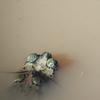

Many thanks to WILDLABS. This community aligns precisely with my professional interest in applying IT expertise to nature conservation.



Freelance nature shutterbug

Software Developer, Teacher and Technical Trainer. Passionate about using tech for good
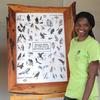
Field Assistant Ecologist at Zambia Carnivore Program (ZCP). Passionate about conservation biology and dedicated to protecting Zambia's incredible wildlife.

Further Reading
As an open source software, QGIS has a vast array of free tutorials and guidance materials created and shared by users. Here is just a small selection of additional resources for learning QGIS:
- A gentle introduction to QGIS by QGIS
- Introduction to QGIS by Spatial Thoughts
- Advanced QGIS by Spatial Thoughts
- Beginner to Advanced YouTube tutorial

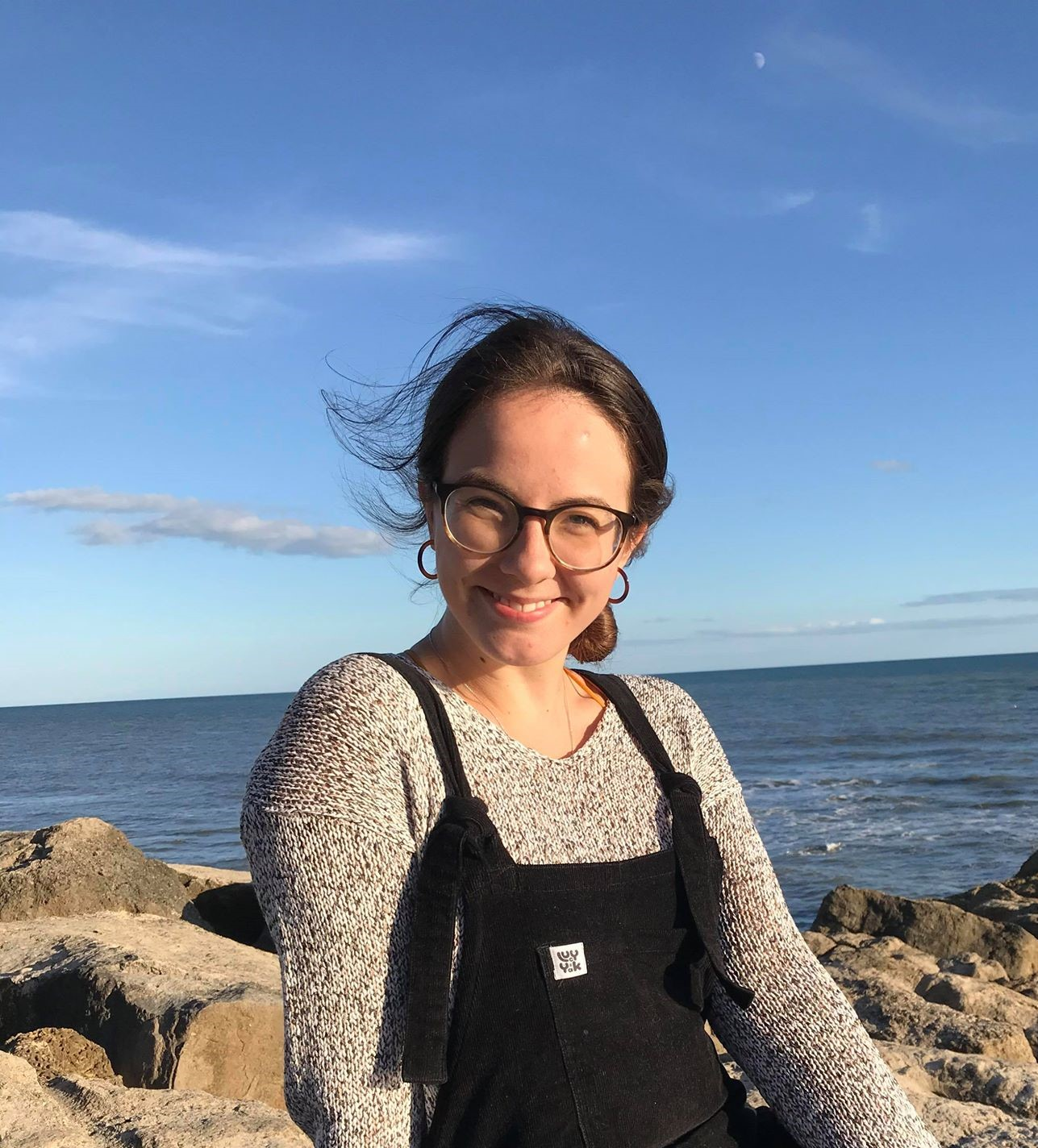
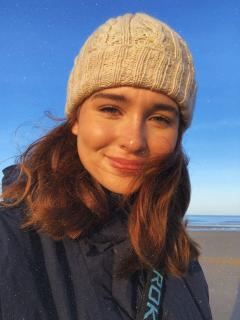
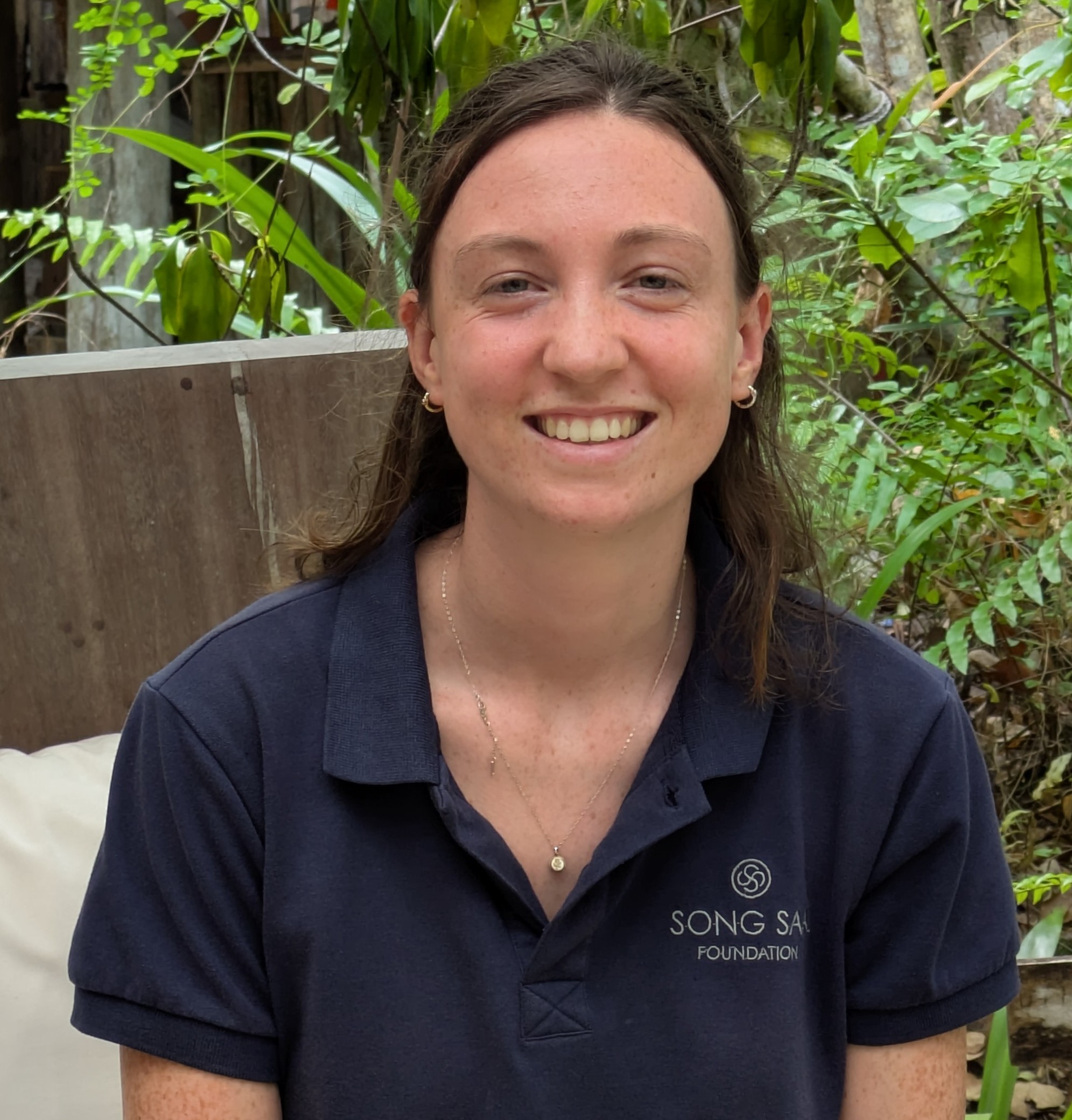
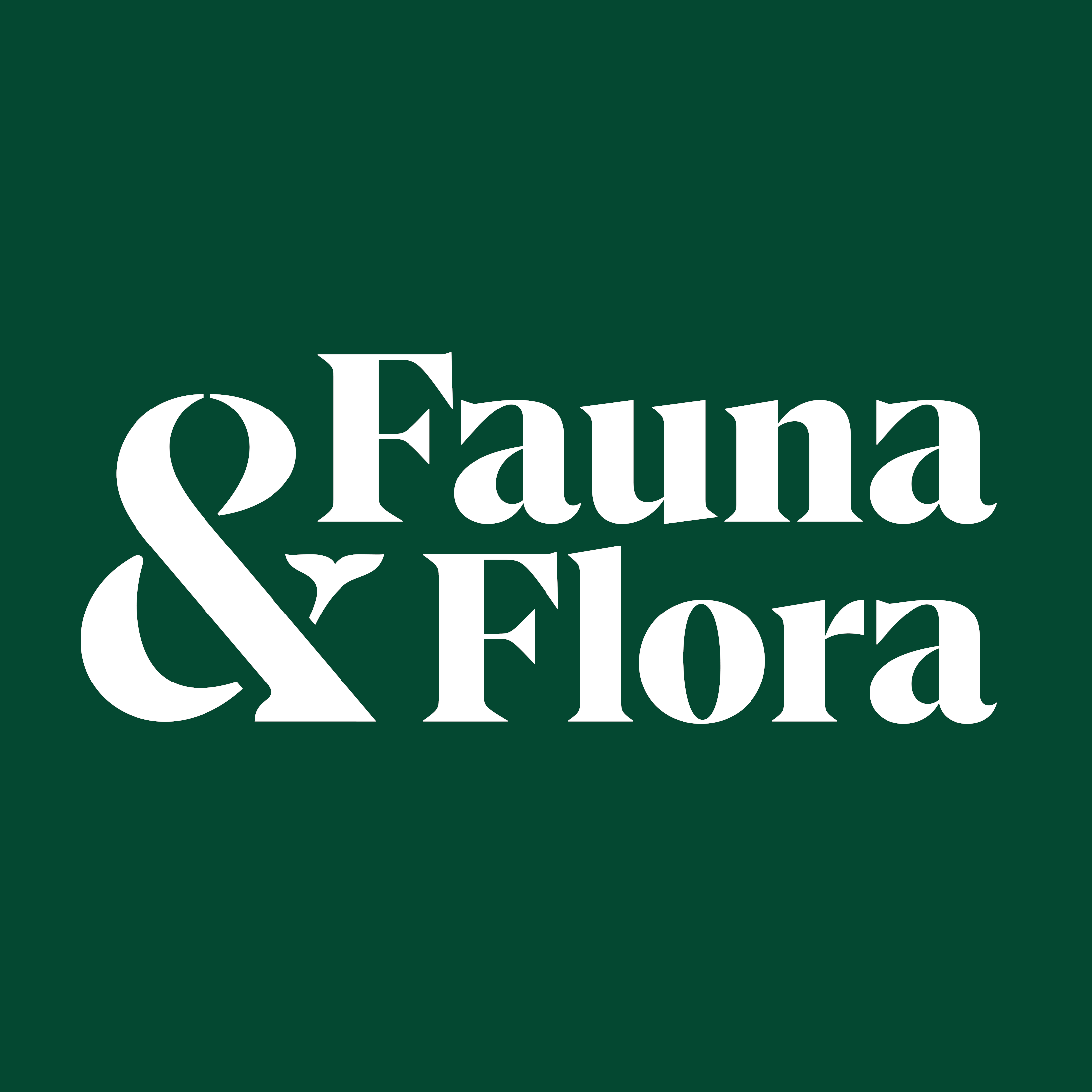
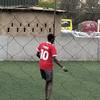
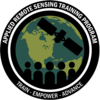


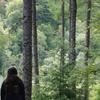

Latest Course discussion